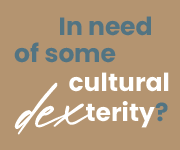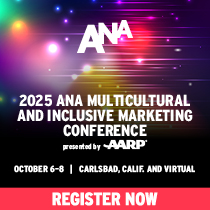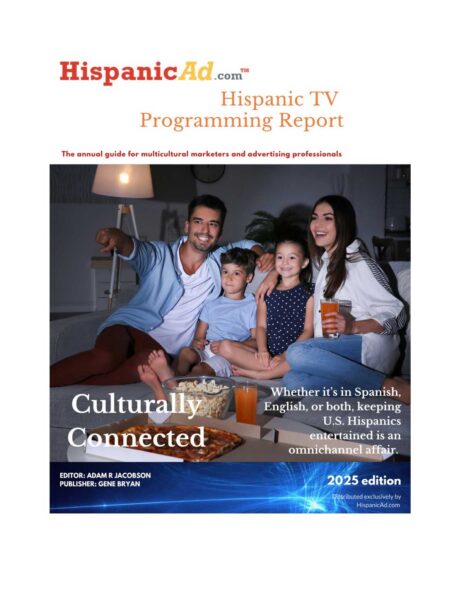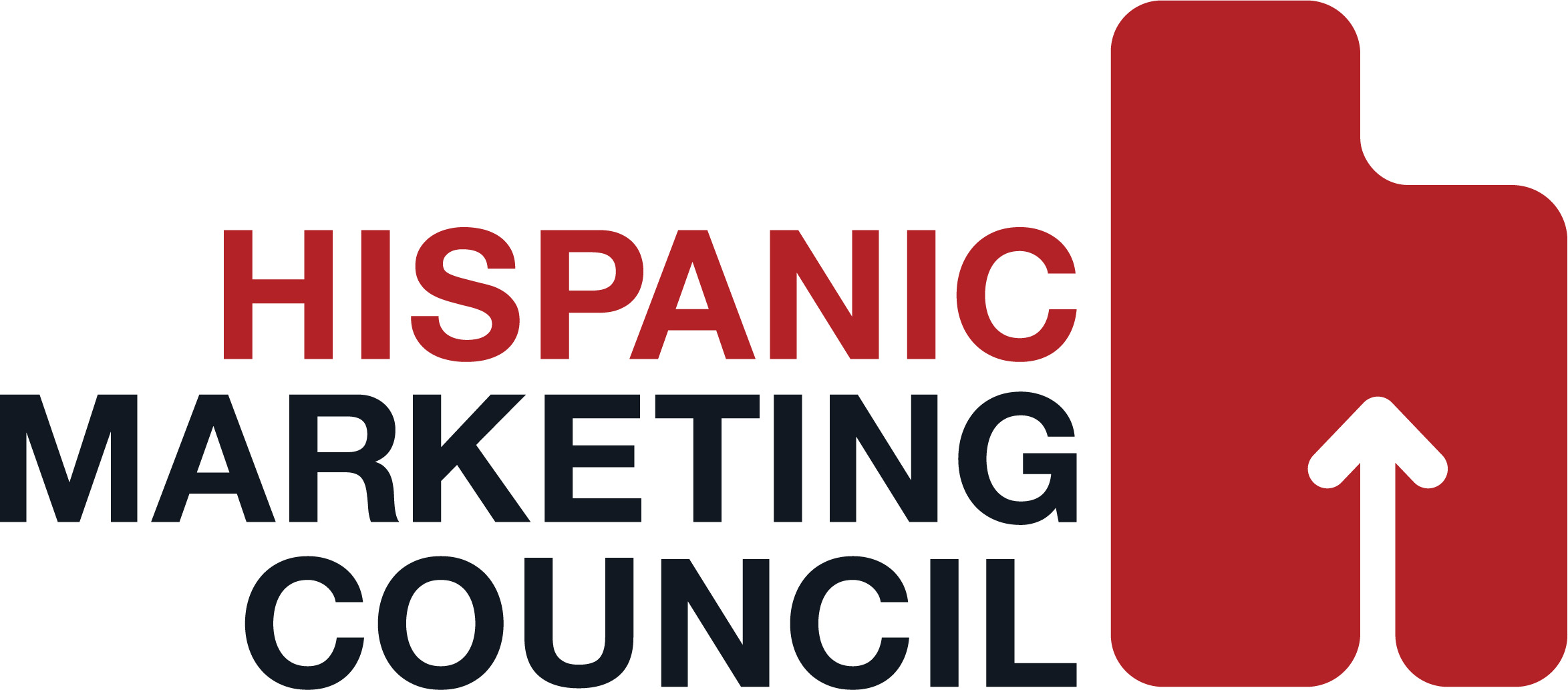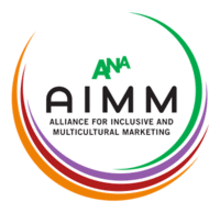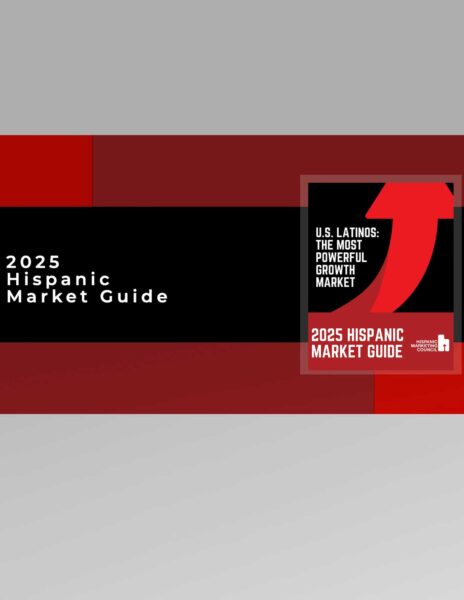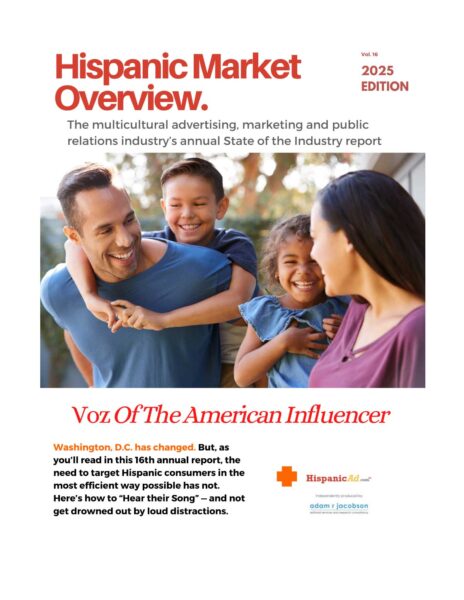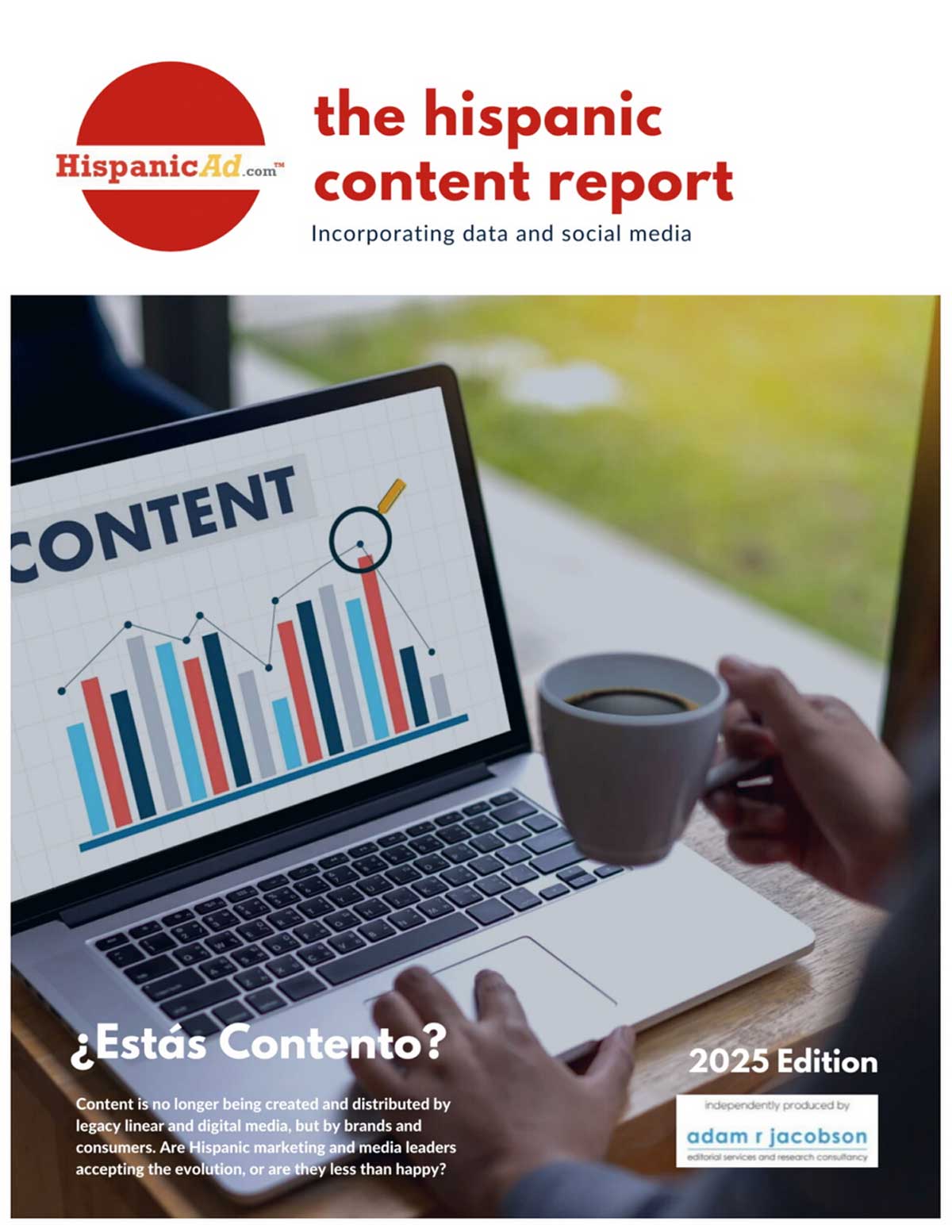Research
Over Two-Thirds of the Nation’s Counties Had Natural Decrease in 2021

In 2021, all counties in Delaware, Maine, New Hampshire and Rhode Island experienced natural decrease. Some counties also experienced population declines attributable to migration. Counties with net international migration loss (more people moving out of than into the country), were most frequently found in California (41.4%), Oregon (27.8%) and Mississippi (23.2%). States with the highest percentages of counties with net domestic migration loss (people moving from one area to another within the United States) were Alaska (80.0%), Louisiana (71.9%) and Illinois (65.7%).
The Immigrant Archive Project collects the stories of coming to call the U.S. home [PODCAST]

The Immigrant Archive Project, a collection of oral histories from the nation's immigrants, will be housed at the Library of Congress. NPR's Debbie Elliott speaks to archive founder Tony Hernandez.
Financial Issues Top the List of Reasons U.S. Adults Live in Multigenerational Homes [REPORT]

Multigenerational living has grown sharply in the U.S. over the past five decades and shows no sign of peaking.
Women Are More Likely to Consider Buying from Brands with Good Track Records on DEI

Brands today are keenly focused on diversity, equity, and inclusion initiatives both internally—with strategies to ensure a more equitable and diverse workforce—and externally, with consumer-facing initiatives to create products and advertising that are more inclusive of a diverse America. And a big part of America’s diversity is female.
2016–2020 American Community Survey 5-Year Estimates

The U.S. Census Bureau released new statistics from the 2016–2020 American Community Survey (ACS) 5-year estimates. Following pandemic-related data collection disruptions, the Census Bureau revised its methodology to reduce nonresponse bias in data collected in 2020.
58% of Hispanic Home Shoppers are Buying Their First Home

A new survey released by Realtor.com in conjunction with The National Association for Hispanic Real Estate Professionals (NAHREP) found that 58% of Hispanic American home shoppers are looking to buy their first home.
AI and Human Enhancement: Americans’ Openness Is Tempered by a Range of Concerns [REPORT]

Developments in artificial intelligence and human enhancement technologies have the potential to remake American society in the coming decades. A new Pew Research Center survey finds that Americans see promise in the ways these technologies could improve daily life and human abilities. Yet public views are also defined by the context of how these technologies would be used, what constraints would be in place and who would stand to benefit – or lose – if these advances become widespread.
Gen Z: Brands Need To Prioritize DEI And Gender Liberation

For someone who has been working in multicultural marketing for almost two decades, the past few years have been transformative. Diversity, equity, inclusion (DEI) and representation in public and private organizations are works in progress. But the momentum is stronger than it’s ever been. The entrepreneur and somewhat skeptic in me, however, wonders if this is just a phase. Will corporate America move on to the next big thing? There are already murmurs that ESG (Environmental, Social and Governance) will be the new focus as DEI demand wanes. By Mario X. Carrasco - ThinkNow
Authentically connecting your brand with Gen Z and Millennials [REPORT]

As the Gen Z audience grows more powerful, how can brands successfully optimize their connection with them... whilst remaining loyal to Millennials?
7 survey design mistakes that hurt the quality of your data

Blunder. Miscalculation. Goof. Whatever verbiage you prefer, a mistake in survey design spells trouble, degrading the accuracy of your data and the subsequent extrapolations that can be made using that information.
Hispanic Audiences Value Local Broadcast TV [REPORTS]

Among Hispanic adults 18+, television (broadcast & cable) had the highest reach of ad supported platforms, with 70.1% reached in one day. Advertisers can reach the majority of this audience with just broadcast TV, a 69.7% reach. Cable came in at 57.7% and was closely followed by social media (56.0%) and streaming programs on TV with advertising (55.0%).
Closing the Digital Divide for Latinx Consumers [PODCAST]

Lili Gangas, Chief Technology Community Officer, Kapor Center and co-founder of LTX Connect discusses ways tech companies and government can close the digital divide in minority communities and create access to equitable education.
New Advertiser And Consumer Studies On Media Attentiveness And Ad Skipping

Attention measurement is a new trend sweeping through media circles. The Advertising Research Foundation defines advertising attentiveness as “the degree to which those exposed to the advertising are focused on it.”
Comcast Advertising and VideoAmp Announce Deal to Integrate Comcast Data into VideoAmp’s Cross-Platform Measurement Solution

Comcast Advertising, a division of Comcast, and VideoAmp, a media measurement and optimization software company, announced that VideoAmp will license and incorporate aggregated viewership data from the Comcast footprint into its currency grade measurement.
A relevancy revolution: the importance of Spanish language content

So what does this engagement look like? Latinos today are demanding engaging, fresh, culturally relevant, and nuanced content on trusted platforms that value the unique U.S. Hispanic experience. This is so much more than just serving up “Spanish-language content”. It is our collective demand for meaningful, representative content that delivers a bridge to our culture; serving up a place to feel seen, and be seen in content. Interestingly, it is incredibly difficult to find that special combination outside of the Spanish language ecosystem. By Stacie deArmas, SVP, Diverse Insights & Initiatives
Accurately Portraying Diverse Women and Girls Delivers Significant Sales Lift for Brands [REPORT]

Across gender, language, race and ethnicity, ads with high gender equality metrics scores overall delivered 60% improved sales performance
Minority-Owned Media Gets A Boost With Nielsen’s New Study

The movement for racial justice over the last two years empowered diverse communities to raise their voices and call for action and advocacy from brands and businesses. The marketing and advertising industry met the call to action by committing to increase investment in diverse-owned media. As agencies and brands readied to invest, they found some bumps in the road. Which media companies are diverse-owned beyond the major players? How do we evaluate the power of diverse-owned media in delivering audiences? What about diverse targeted and diverse operated media companies? By Isaac Mizrahi - Co-President of ALMA Agency
Build trust to build trial: Trustworthy channels can help

A lasting effect of digitization and the pandemic has been the proliferation of consumer choice. From being able to purchase cars and furniture online, to the pandemic’s effect of pushing more shopping into infinite virtual shelves, consumers are facing more options. That vast choice and supply chain strain have affected brand loyalty to some degree, but not to the degree that you might think. And for marketers seeking to grow their brand through new customer acquisition, all that choice means a lot more competition for new buyer
Here are dragons. What is your data map not telling you?

People love to claim that their marketing is data-driven. It makes them sound smart and fiscally responsible. But do we really have all the data we need for a brand building campaign? And could bigger opportunities be hiding off the data map? By Nigel Hollis
MULTICULTURAL MAJORITY HAPPENING FASTER THAN PREDICTED
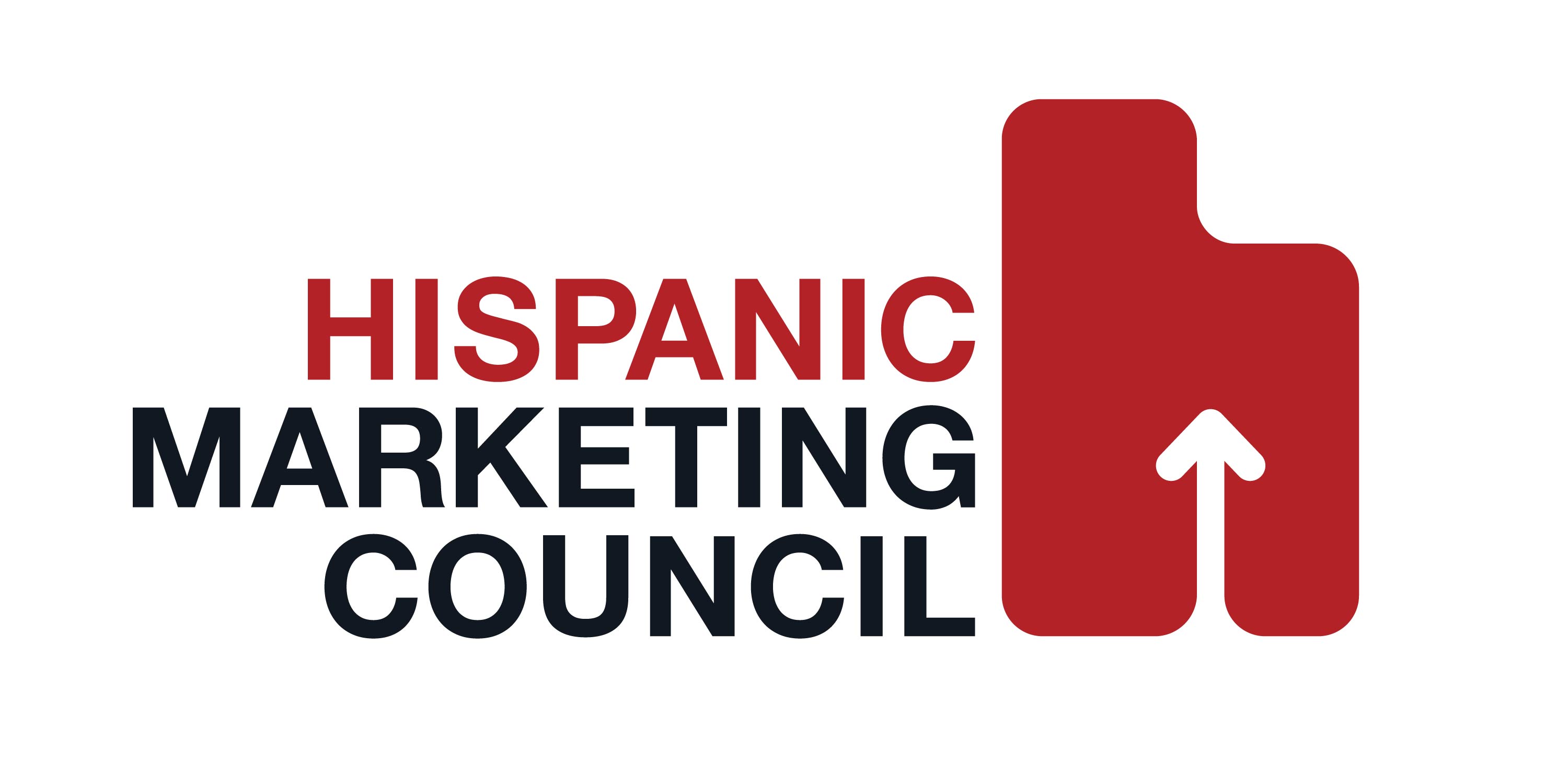
According to Census 2020 data, America’s demographics are shifting to a multicultural majority faster than anticipated. While 2020 marked the official year that the first full generation of 17 and under was a multicultural majority, the Hispanic Marketing Council (HMC) estimates that this milestone was reached sometime in the middle of the last decade—years ahead of previous predictions. More compellingly, this shift forward means that Americans under 35 could be a multicultural majority as early as next year.





